Vision: Two Eyes
Vision: Two Eyes
From a Chinese medical perspective, every season has a Transformation of Virtue: an initial awakening emotion that, if brought in service of the Heart, is noble and healing for ourselves and the world around us. The emotional awakening for springtime and the Wood element is anger! Of course, anger can occur at any time of the year. But spring is a special time of awakening to the potential all around us—and when that potential is thwarted, grrr!
Anger, when in service of the Heart, becomes Constructiveness, or Heroism. The Chinese character for virtue of Wood is 仁
The character shows a human, and the number two. It indicates a state which I refer to as being ‘two-eyed,’ a state which I will demonstrate with an exercise below. It is exemplified by eyesight; or rather is it exemplified by the characteristic of vision.
Close one of your eyes, and consider the view. Then, without moving your head, switch, and close the other eye. Slowly, considering the view each time, still, without moving your head, close first one eye, then the other, switching back and forth a few times.
Do you notice that the view from each eye is slightly different? You have a little bit of a different picture from each eye, yes? Of those two pictures, which one is correct? Is the left eye correct, or is it the right eye that is correct?
It is a ridiculous question.
Vision is the sense organ for the Wood element. In Chinese medicine, it is said that you have sight with one eye, but you can only have vision with two eyes. When we have two eyes, we have depth perception. We have perspective. We have a way of seeing that one eye alone cannot see. It takes two eyes to have vision because vision means both perspective and depth perception. In any situation I am in, there is the way that I see it, and there is also the way that you see it. Am I coming to this situation one-eyed? My eye, my “I,” I see it this way—or am I ready for vision?
If I am looking for vision, I can’t be one-eyed about any situation. I’ve got to open my awareness to include the other “I.” The way that I see it is valid, and there is another view from over there that is valid also. Can I hold my perspective (“This is how I see it!”), and not collapse when you tell me that you see it differently? Can I take it in and not be dominated by it, not lose what I am seeing nor defend my one-eye view by shouting, “You’re wrong!”?
I am not backing down, or life loses something important. I’m not backing down, but I am also giving equal weight to the other way of looking at the situation—which is wild and unnerving and opens everything up to who-even-knows-what surprises of an unforeseen nature. Do you feel how exciting that is? That moment of wow, I’m not backing down but I’m also not asking them to back down either! That’s when the magic happens: when neither of us is backing down nor asking the other one to back down, and we don’t yet know where we’re going from here but we’re ready to get creative.
Vision is a glorious dance of dialectical process. Healthy Wood says, “Oh, I wouldn’t have thought of seeing it that way.” We bring depth perception to the situation by admitting the validity of more than one way of looking at it. We create a new perspective: a way of seeing things that is more encompassing than either of those views alone. The virtue of Wood is living in that awareness, which is a really different sensation than just living from my viewpoint.
You may wonder, What if I’m dancing with someone who is one-eyed dominant, or passive-aggressive? What about injustice and oppression?
Most of the time, even in situations of oppression and injustice, there is a big difference between being right and being healthy—and a big difference between war and creative activism. Dealing with one-eyed people in a healthy way means remaining two-eyed even in the face of one-eye, and getting very creative.
An example of this is the American folk hero John the Conquer. During the time of slavery in the American South, there were many stories of John the Conquer told by enslaved African Americans. What made John the Conquer an extraordinary hero was the two-eyed ingenuity available to him. He could see every situation equally from his own point of view, as well as from the point of view of his “opponent.” He had awareness of his circumstances, but no internalized oppression. Anybody else might treat him as a slave, and sure, he’d have to work with that. But not for a moment did the way that they treat him cause him to think of himself as a slave, or as anything less than a free man. That’s the benefit of being two-eyed under injustice and oppression: we don’t have to internalize it, and we have more creative choices than just to rail against it, or just fight it head-on (which often is futile). Two-eyed creativity is better for our health, and more revolutionary.
Working one on one, a lot of what I do in the treatment room with people who are one-eyed dominant types is to ask them questions like, “What do you think your wife was thinking while you did that?” Or, “I wonder how your boyfriend was feeling about that.” The first seven or eight or twenty times you ask, they may say something like, “Hell, I don’t know! What do I care what they were thinking?” That’s fine—over time, just keep layering in the notion of the existence of other points of view. Keep putting it out there without insistence or need for immediate results until they catch on.
The virtue of the true Wood hero is not to slay the dragon, but to get into the dance with the dragon, and go somewhere creative. It often takes a while for people to realize that we are truly not trying to vanquish them; that’s so rare that it’s understandable for it to take time for them to catch on. One-eyed people who fight to win usually do so because they know very well what it feels like to lose.
By being two-eyed with people, we’re trying to help them understand that there’s something beyond winning and losing. Constructiveness is a whole other paradigm. We say, let’s work with this creatively because I don’t want you to lose either.
Consider the principles of Non-Violent Communication (NVC), where we are always trying to identify the underlying fears, concerns, and needs of the person attacking us, so that we can unilaterally and pre-emptively address them. On the first try, we may not be able to address their unspoken fears, concerns, and needs with complete accuracy, but it is nevertheless an absolutely shocking and revelatory experience for a person who is in “I must win or I will lose” attack mode.
Our goal is to make it clear that we have our stance, but that we are also looking at the situation from their perspective. We usually do this by asking questions that show we actually care how things look from their side of the fence.
Usually, it takes a hero, somebody who’s willing to be that bridge of viewpoint, unilaterally at first. This is heroism: being the one to say, “Okay, I’m going to do something better than the win-lose thing. I’m going to look at this from both sides at the same time, and invite my partner in conflict to do the same, so that this can creatively spiral up to a whole new level.”
Let’s acknowledge that sometimes it takes an entirely unsung heroism, especially if somebody has been pounding and pounding and pounding you, to be able to say, “Okay, what are the needs, concerns, and fears of this person who is making my life miserable?” This is true constructiveness. It’s not letting ourselves be crushed, and it’s not lashing back at them either. It’s bridging worlds and creating new ones.
Come to my upcoming Whole Heart Connection Intro being held online June 26-27, 2021 for more practical ways to connect with the best in yourself, with the best in others, and with the source of creative insight.
To join the discussion, find us on my Perennial Medicine discussion listserv (all are welcome).



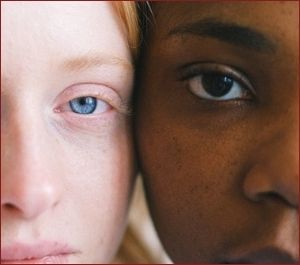
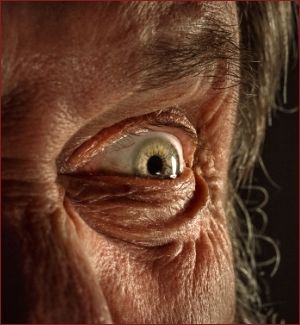
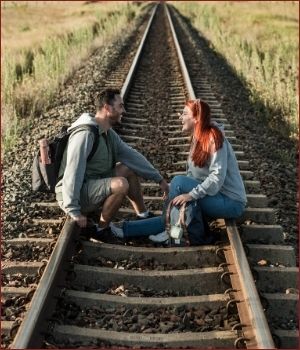

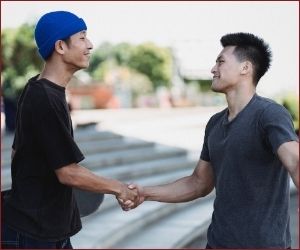
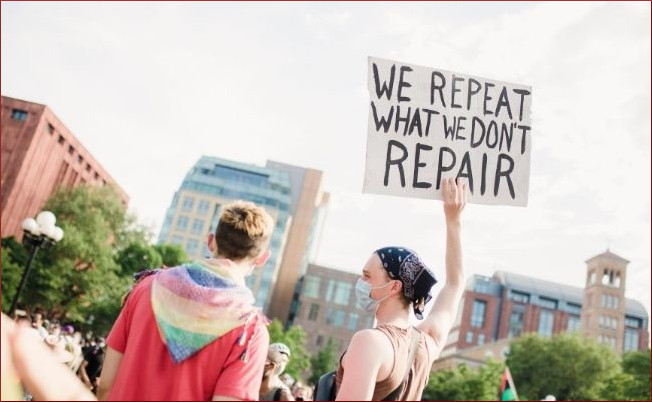
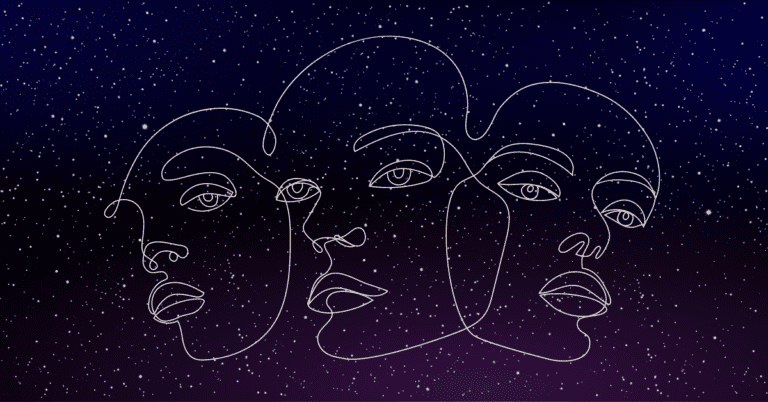
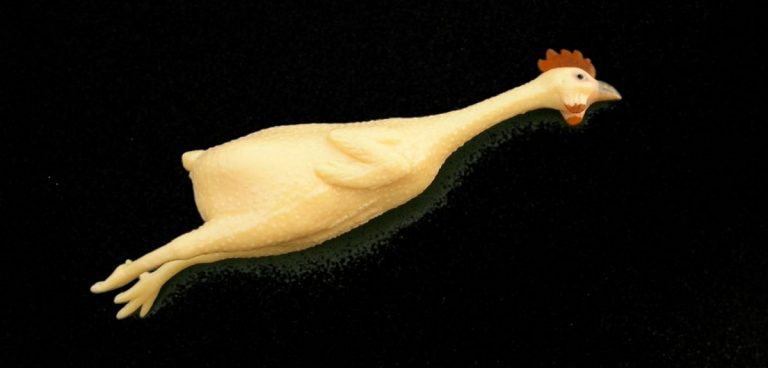
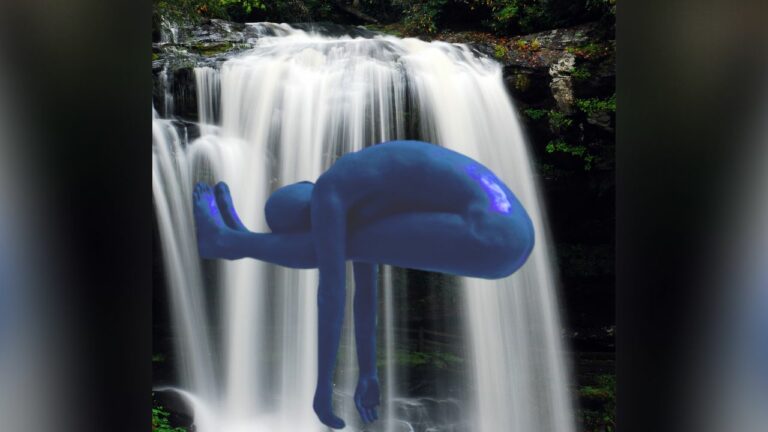



I do not see with depth perception; I literally look with one eye at a time. When I was a child, the eye doctor tried everything he could think of to train me to ‘fuse”, and see with both eyes at once. None of his strategies worked with me.
In situations where another person wants to exert power over me, I can get very angry, and express that anger in ways that are not effective. A few classes in Nonviolent Communication were very helpful for me in that sort of situation.
I wonder how often ‘one-eyed’ behavior correlates with those of us who literally can’t see with depth perception. I’ve learned to compensate for activities that are essential in my life: driving and ping pong. I’m able to negotiate driving without crashing into other cars very often, and I get better at ping pong every week. I hope these exercises help my ability to negotiate one-eyed conflict encounters with my brothers and sisters.